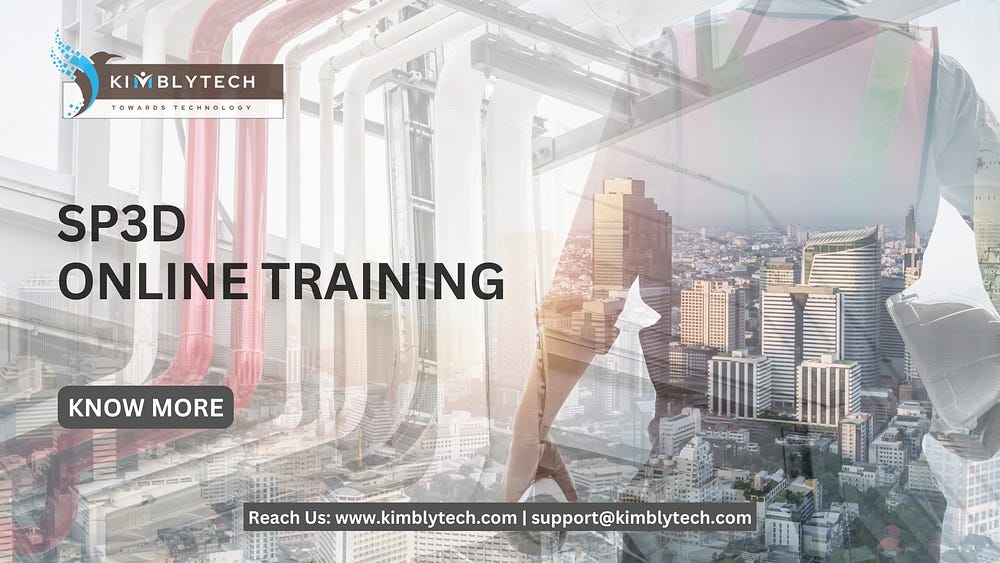In the ever-evolving world of 3D printing and design, choosing the right software tool can significantly impact your projects' success. Two of the most popular tools in this space are E3D and SP3D. This article provides an in-depth comparison of these tools to help you make an informed decision. Additionally, we'll explore SP3D Course Training Institute in India options available in key Indian cities and online, ensuring you can leverage these tools effectively.
Understanding E3D
What is E3D?
E3D is a leading 3D printing and design tool known for its precision and versatility. It caters to a wide range of applications, from hobbyist projects to industrial designs.
Key Features of E3D
- High Precision: E3D offers unparalleled accuracy, making it ideal for intricate designs.
- Versatility: Compatible with various 3D printers and materials.
- User-Friendly Interface: Intuitive design that enhances user experience.
- Customization: Advanced settings for personalized adjustments.
Popular Use Cases for E3D
E3D is widely used in industries such as automotive, aerospace, healthcare, and consumer goods. Its ability to handle complex designs with high precision makes it a preferred choice for professionals.
Advantages and Limitations of E3D
Advantages:
- High accuracy and precision.
- Broad compatibility with different printers.
- Extensive community support and resources.
Limitations:
- The steeper learning curve for beginners.
- Higher cost compared to some other tools.
Understanding SP3D
What is SP3D?
SP3D (SmartPlant 3D) is a comprehensive 3D modelling software designed specifically for plant design and engineering. It excels in creating detailed and complex plant models.
Key Features of SP3D
- Advanced Modeling Capabilities: Perfect for detailed plant and piping designs.
- Collaboration Tools: Facilitates teamwork with real-time collaboration features.
- Data Integration: Seamless integration with other engineering tools and databases.
- Safety and Compliance: Ensures designs meet industry safety standards.
Popular Use Cases for SP3D
SP3D is primarily used in industries like oil and gas, chemical processing, and power generation. Its robust features make it ideal for large-scale plant design projects.
Advantages and Limitations of SP3D
Advantages:
- Exceptional for plant and piping design.
- Strong integration with other engineering tools.
- Supports large-scale projects with complex requirements.
Limitations:
- Specialized use limits its applicability to other types of 3D design.
- Requires specific training for effective use.
Side-by-Side Comparison: E3D vs. SP3D
Feature Comparison
Performance Metrics
%20(2).jpg)

%20(2).jpg)